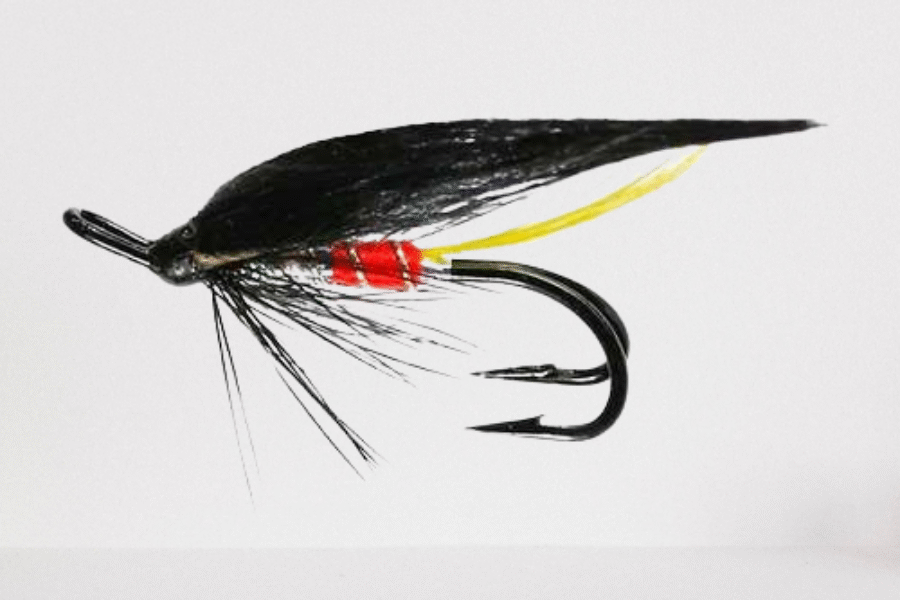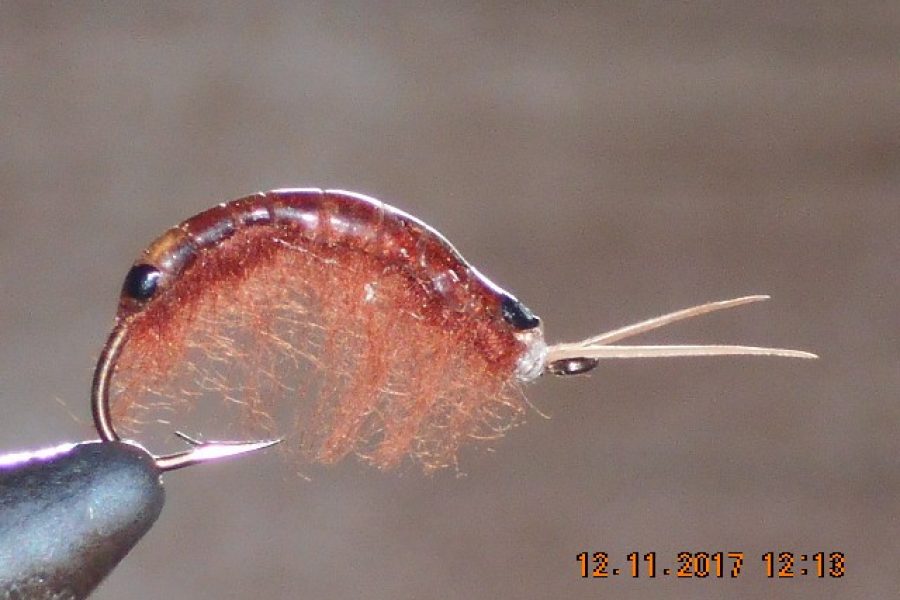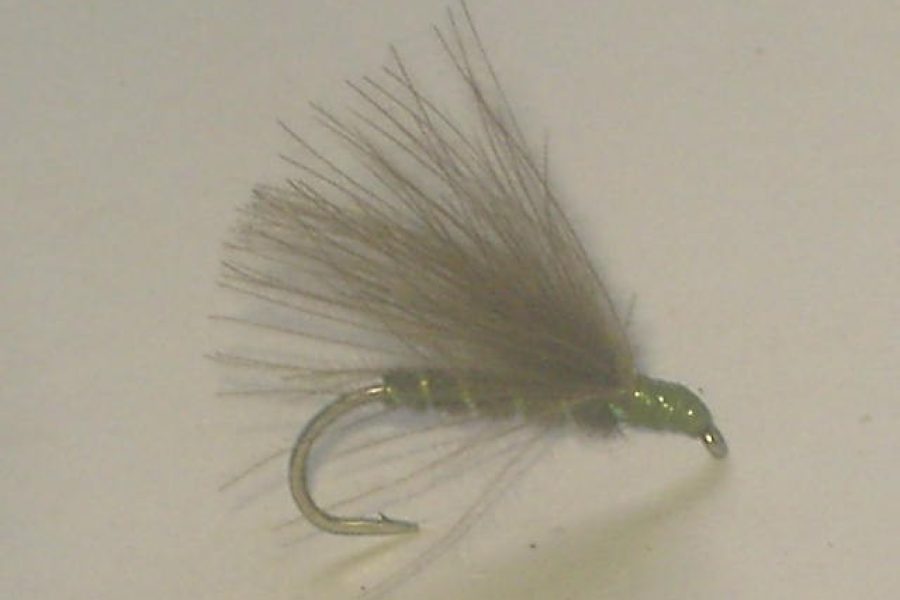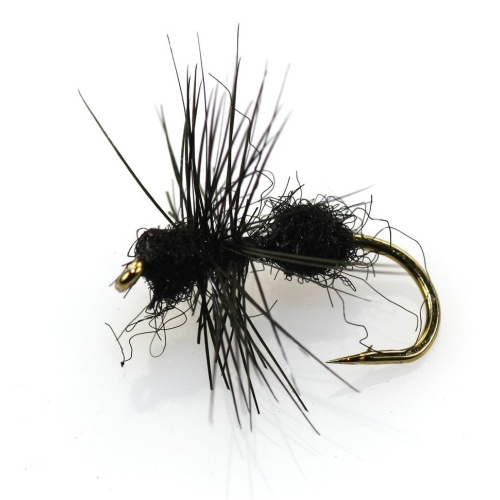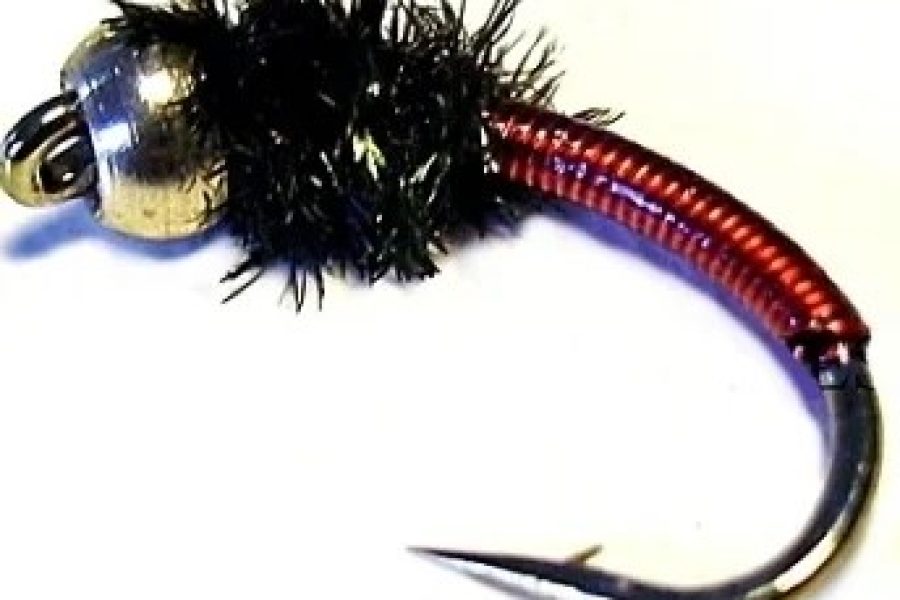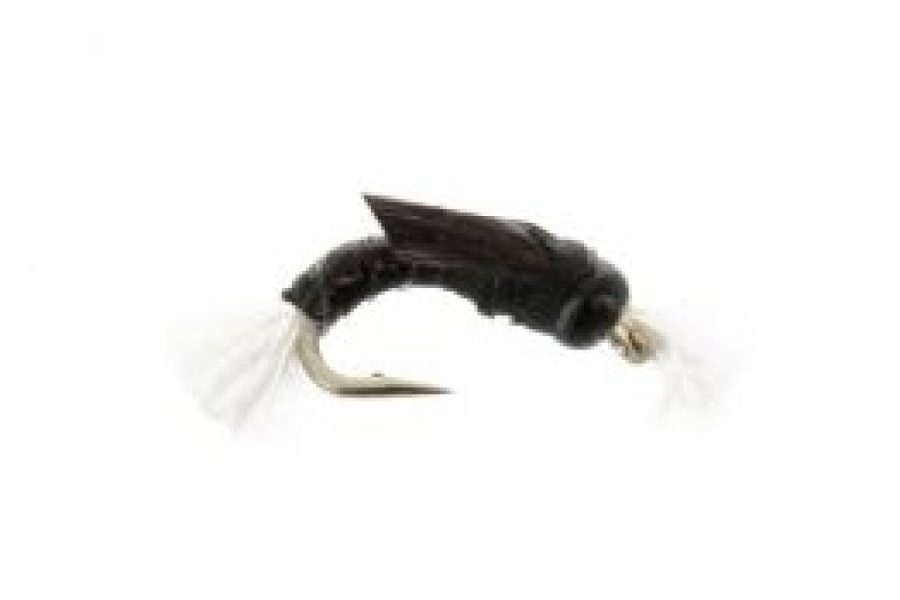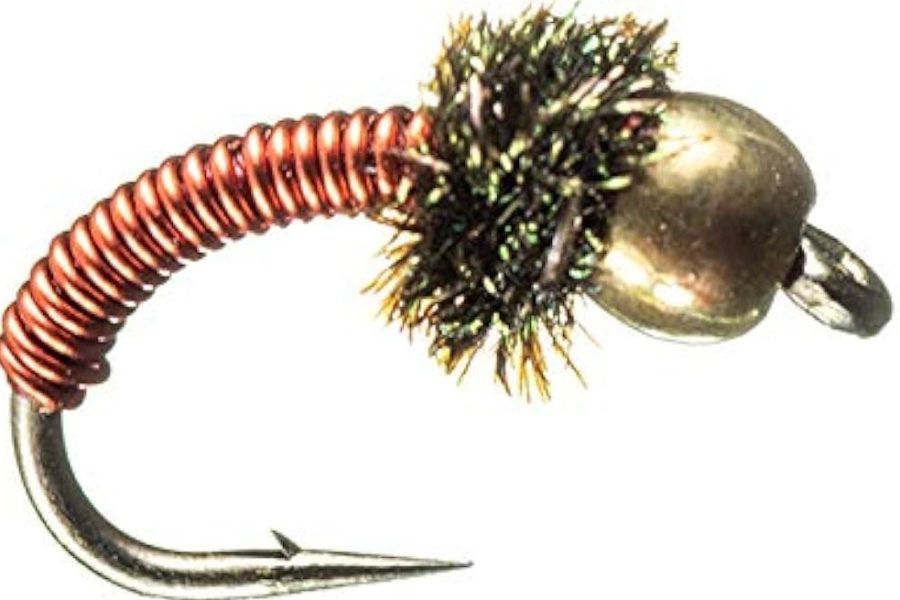Description
Product Overview and Heritage The Black Ant Dry Fly Pattern represents a classic terrestrial pattern that has proven its effectiveness over generations of fly fishing. This specialized pattern accurately mimics the natural black ant, one of the most common terrestrial insects that find their way into streams and rivers. Developed through careful observation of natural ant characteristics and behavior, this pattern has become a essential addition to any dry fly box, particularly during summer and fall when ants are most active.
Design Philosophy and Material Innovation The pattern’s effectiveness stems from its carefully engineered components:
- Premium dry fly hackle
- Quality black dubbing
- Precise segmentation
- Exact proportions
- Durable construction
- UV-resistant materials
- Strategic hackle placement
- Enhanced profile design
- Advanced tying techniques
- Natural silhouette propertiesTechnical Specifications
Hook Characteristics:
Standard dry fly hook
Available sizes: 14-20
Light wire construction
Standard-eye design
Chemically sharpened points
Standard gape configuration
Bronze finish
Optimal hook strength
Enhanced penetration design
Perfect size-to-weight ratio
Material Properties:Selected dry fly hackle
Premium black dubbing
Segmented body design
UV-resistant components
Water-repellent treatments
Enhanced durability features
Quality natural materials
Specialized body materials
Color-fast properties
Float enhancement
Construction and Tying Process The pattern’s success relies on precise construction methods:Balanced proportions
Strategic hackle placement
Segmented body construction
Reinforced thread base
Material integration
Enhanced durability features
Proper hackle application
Body segmentation
Profile consistency
Float optimization
Fishing Applications and TechniquesPresentation Methods:
Dead drift
Skittering presentations
Multiple drift speeds
Surface manipulation
Pattern twitching
Drag-free drifts
Current seam fishing
Structure targeting
Cross-current drifts
Action variation
Specialized Applications:Flat water
Riffles
Technical water
High-pressure situations
Structure fishing
Pocket water
Bank fishing
Seam fishing
Surface film
Current breaks
Seasonal EffectivenessSummer Performance:
Prime terrestrial season
Warm weather periods
Peak ant activity
Extended daylight
Surface action
Terrestrial falls
Temperature peaks
Optimal visibility
Migration patterns
Feeding windows
Fall Strategy:Late season terrestrials
Cooling weather
Changed light conditions
Transitional periods
Selective takes
Pattern visibility
Fish location
Temperature drops
Last ant falls
Feeding windows
Spring Applications:Early season opportunities
Warming waters
Initial surface feeding
Water level variations
Mixed techniques
Weather changes
Pattern selection
Temperature increases
Fish movement
Feeding windows
Winter Tactics:Limited applications
Midday opportunities
Selective presentation
Slow drifts
Structure fishing
Temperature considerations
Pattern visibility
Fish holding patterns
Oxygen levels
Light penetration
Habitat and Water TypesWater Applications:
Small streams
Mountain creeks
Spring creeks
Meadow streams
Clear pools
Structure areas
Current seams
Bankside water
Holding water
Pocket water
Specialized Environments:Crystal clear waters
Shallow riffles
Smooth glides
Complex currents
Bank structure
Overhanging vegetation
Boulder gardens
Undercut banks
Tree-lined banks
Current breaks
Target Species and BehaviorPrimary Species:
Brown Trout
Rainbow Trout
Brook Trout
Cutthroat Trout
Grayling
Small Stream Species
Mountain Trout
Native Trout
Feeding Behaviors:Surface inspection
Selective takes
Pattern recognition
Territorial behavior
Opportunistic takes
Selective feeding
Strike triggers
Visual stimulation
Surface response
Competitive feeding
Rigging RecommendationsLeader Setup:
9-12 foot leaders
5X-7X tippet
Tapered leaders
Fluorocarbon options
Loop-to-loop connections
Delicate presentation
Proper stiffness
Knot strength
Breaking strain
Abrasion resistance
Presentation Options:Single fly rigs
Dry-dropper systems
Multiple fly systems
Traditional methods
Modern techniques
Line matching
Leader design
Tippet selection
Float enhancement
Drag control
Professional ApplicationsGuide Usage:
Client-friendly pattern
Proven success rates
Visibility advantages
Easy presentation
Multiple techniques
Teaching tool
Confidence pattern
Versatile applications
Durability
Hook-up ratio
Competition Usage:Tournament proven
Technical water success
Pressure adaptation
Quick-change capability
Consistent performance
Presentation control
Pattern rotation
Size variation
Color selection
Drift options
Care and MaintenancePost-Fishing Care:
Thorough drying
Hackle grooming
Hook point inspection
Float enhancement
Material preservation
Storage preparation
UV protection
Pattern inspection
Material maintenance
Shape verification
Storage Requirements:Dry environment
UV protection
Separate compartments
Regular inspection
Moisture prevention
Temperature control
Light protection
Ventilation needs
Box organization
Inventory management
Advanced Fishing MethodsPresentation Techniques:
Drag-free drifts
Surface manipulation
Depth control
Strike detection
Drift management
Current reading
Structure approach
Pattern tracking
Recovery methods
Angle optimization
Water Reading:Current understanding
Surface assessment
Structure location
Fish holding areas
Presentation angles
Feeding lanes
Travel routes
Rest areas
Temperature breaks
Current seams
Environmental ConsiderationsConservation Features:
Barbless options
Sustainable materials
Durable construction
Catch-and-release friendly
Minimal environmental impact
Eco-conscious design
Material selection
Ethical considerations
Resource protection
Species conservation
Material Selection:Responsible sourcing
Quality components
Natural elements
Ethical production
Sustainable practices
Environmental impact
Material longevity
Waste reduction
Local materials
Eco-conscious design
Additional information
| Hook size | 16, 18, 20, 22 |
|---|---|
| Hook type | Barbed Hooks, Barbless Hooks |

